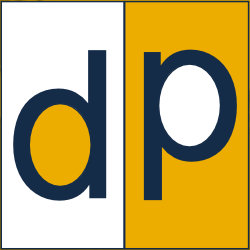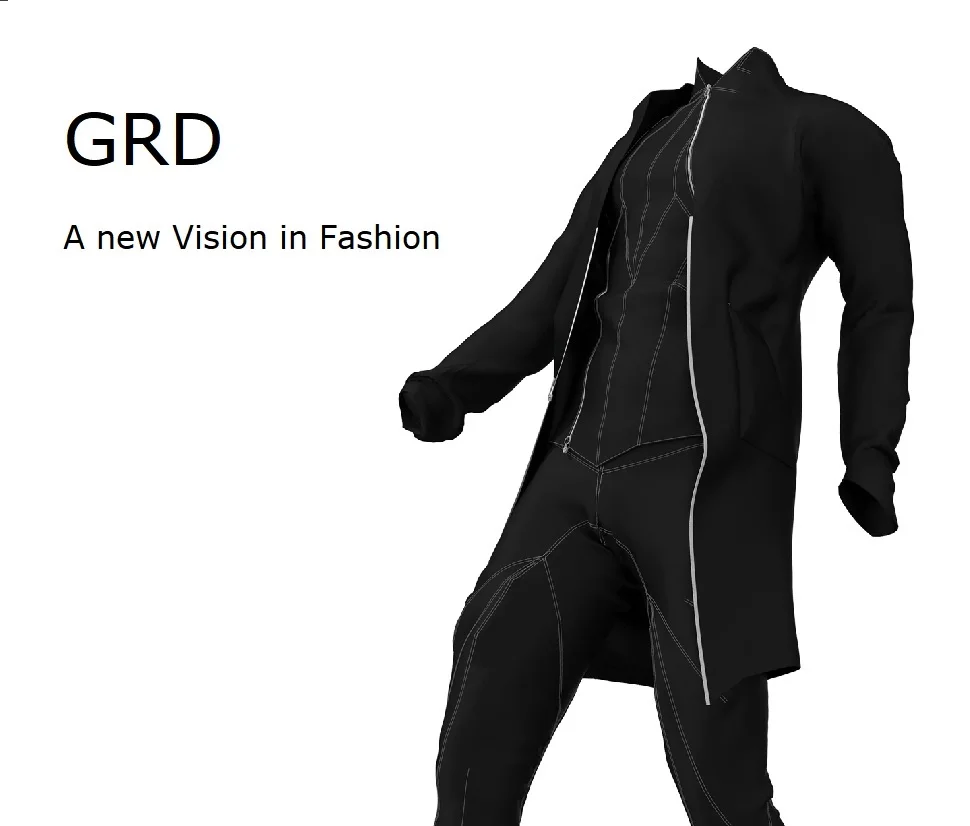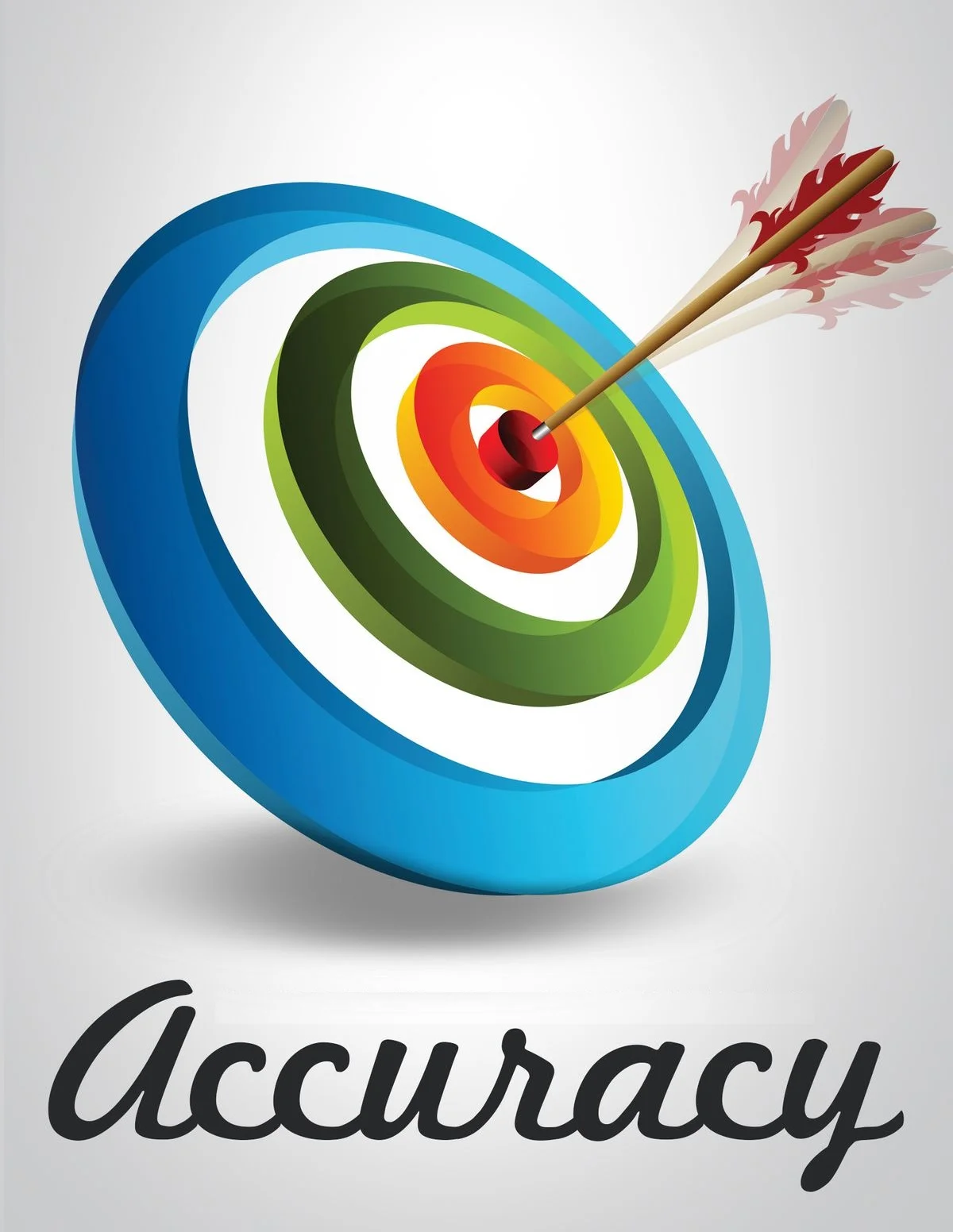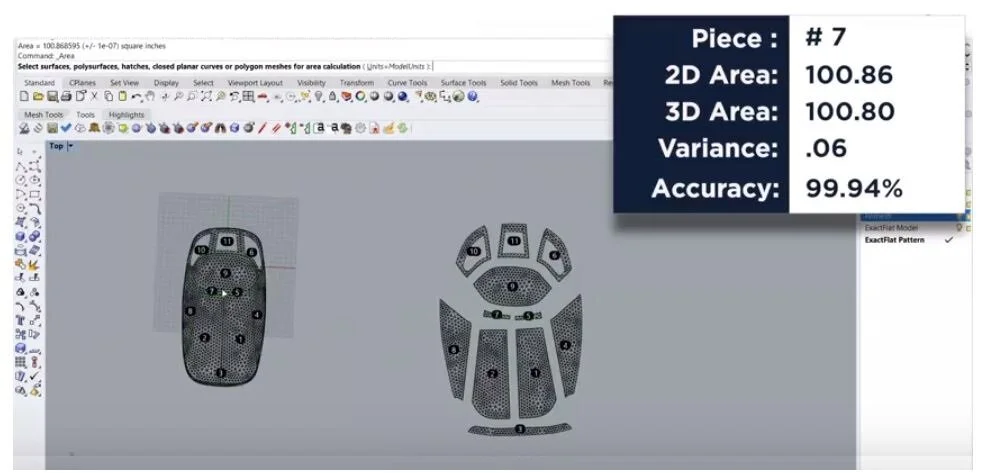How do I know the pattern is right? - Part II
In the initial article in this series we reviewed a few of the key factors to consider when evaluating digital patterning solutions including
- Piece definition and 3D tessellation (mesh creation)
- Mesh Quality
- Flattening algorithms
To conclude this topic, we'll cover the remaining critical characteristics required of best-in-class 3D to 2D flattening software.
Strain and Sag simulation.
Not all geometry can be flattened perfectly while maintaining lengths of perimeter edges. Strain simulation displays are used to identify problems or potential inaccuracies. Relief cuts are one technique used to achieve optimal flat geometry. Relief cuts allow the designer to alter the perimeter edge on problem areas. When viewing the strain display it is important to consider the following characteristics of the design:
- the type of surface being flattened (i.e. simple curve, waved, compound curve, etc.)
- the way the fabric is supposed to stretch when installed
- the amount of tension or stress that required in the final part (ex. tenting)
ExactFlat digital patterning software includes an extensive database of materials properties. This ensures the most actual simulation of fabric behavior during flattening.
Mechanical Properties
The use of actual material properties is another requirement for pattern flattening accuracy. Properties that must be considered at this stage include:
- Poisson’s ratio - Ratio of lateral strain to axial strain
- Young’s modulus - Ratio of linear stress to linear strain
- Shear modulus - Ratio of shear stress to shear strain
- Warp & Weft - The direction of threads in a fabric; warp threads run the length of the fabric and are crossed by the weft threads that run perpendicular to the warp
- Material thickness - The thickness of the material in question
Other Considerations
Configurable Options
- Sag penalty
- Newton steps
- Seam stretch
- Localized strain or meshing
Edge associations
Maintaining edge associations between different pieces allows the tool to flatten multiple pieces on a model simultaneously. This ensures that the flattened perimeter lengths for each piece is the same. This feature also helps speed up the process when adding seams and notches to the 2D flat pattern.
Speed and Ease of Use
It may seem obvious, but in order to ensure that the digital patterning tool you select has real impact on your business you need to validate that both the actual pattern generation time and new user learning curve are short. If not the tools will not be used and your business may miss out on the turn advantages of automation.
Design and Drawing tool integration
Your digital patterning application needs to work in concert with your existing design and production tools. Component from the 3D model, to the 3D mesh, to the 2D pattern and the production drawings should communicate and interact together seamlessly.
Why are ExactFlat Patterns so Accurate?
ExactFlat is the most accurate 3D flattening program available. The key benefits include:
- Leveraging tools within the 3D CAD system to convert a surface to a tessellated mesh.
- Optimizing the individual mesh elements for flattening and deformation.
- Utilizing a proprietary Fracture algorithm that takes each triangle in the 3D mesh and lays it flat on a 2D plane.
- Providing a full suite of additional flattening and mesh sewing algorithms which are used to obtain optimal, and accurate patterns.
- Stretching and Unwrinkling the pattern pieces using actual materials properties collected via our industry partner, Manufacturing Solutions Center (www.manufacturingsolutionscenter.org).
- Including several ease-of-use features designed to mimic industry standard pattern engineering methods.
- Delivering a perfect pattern in minutes.
To learn more
It is the combination of these factors that ensures the quality of the resulting patterns and the time savings achieved by ExactFlat clients.
To gain a better understanding of the tools and advantages of ExactFlat click on the link below and schedule a time to speak with one of our experts. ExactFlat, the solution for fast, accurate 3D to 2D flattening.










